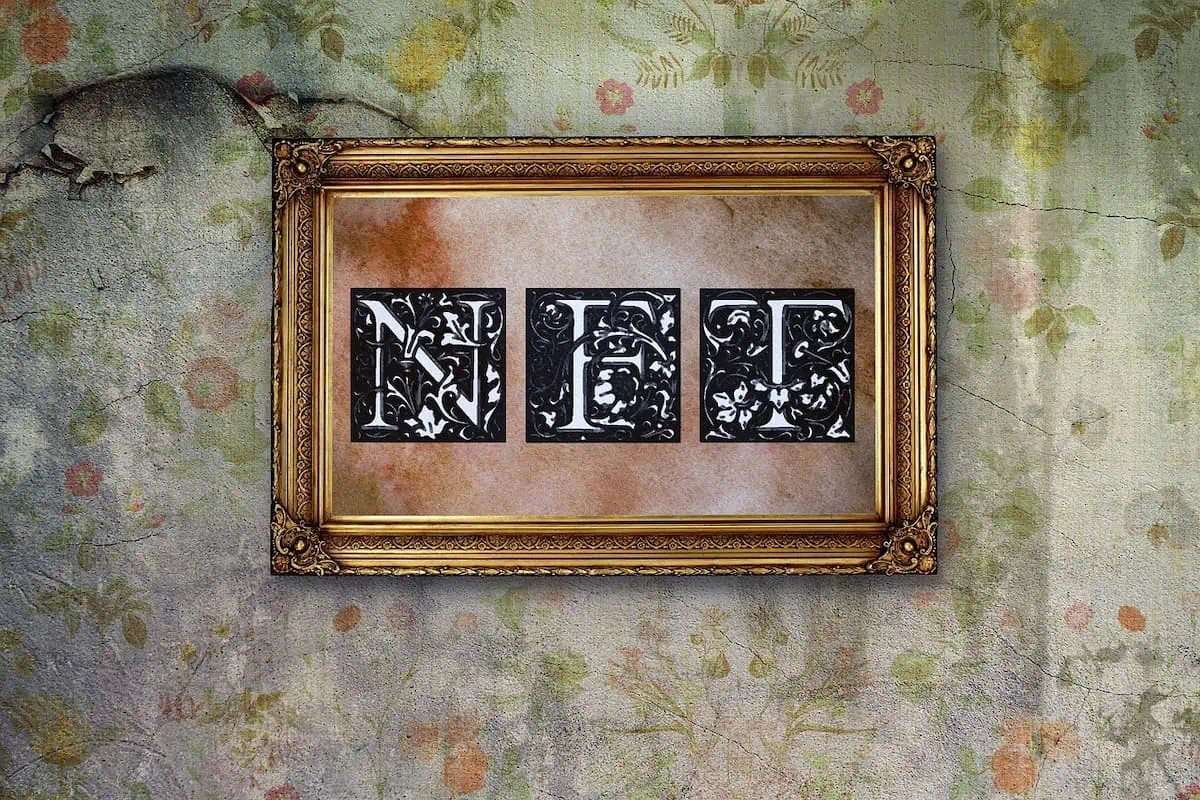Marketers and artists have to be able to work with distributors and vendors from all over the world to get their products out. The internet is often a double-edged sword for content creators: for every low-cost digital platform that cuts down on distribution costs, there’s always a high risk of piracy.
A website like this trading platform provides bitcoin traders with fast deposits, withdrawals, and trading strategies. Blockchain technology has been so appealing (and necessary) in developing countries such as Indonesia and India, where intellectual property enforcement is difficult.
Blockchain authenticating systems can provide creators with access control, validation, and reliable timestamping to protect their rights while allowing them to keep up with global demand without running afoul of copyright laws or being targeted by pirates.
The blockchain is a seamless, decentralized electronic ledger that people can use to manage and track the creation and distribution of digital content. A blockchain uses cryptographic techniques to ensure the integrity and security of transactions, including electronic signatures, information encryption, timestamping, and verification for existence or change.
Blockchain’s attributes include its ability to securely authenticate content (through authentication certificates) while allowing for flexible access control across various devices (via digital rights management). Blockchains also provide industry participants with a beneficial way to track real-time transactions. People can achieve it through clear, verifiable records that change ownership of products or rights via transparent ownership ledgers.
Blockchain offers numerous benefits to artists
Blockchain’s benefits to developing content creators include eliminating the high costs associated with licensing content and allowing access to a global market for local producers. In addition, the blockchain offers an immutable record of a product’s provenance, from its creation all the way through to distribution on platforms like YouTube.
It allows for transparent tracking of products and provides global access, ensuring accurate real-time tracking in all markets where digital content is being consumed. Along with its instantaneous transfer of digital rights, blockchain provides a highly efficient mechanism for managing intellectual property and preventing property theft in developing countries.
What are the benefits of NFTs to artists?
NFTs can be advantageous to artists because the ease at which people on the blockchain can trade assets means that businesses can sell assets in a fraction of the time it would take to liquidate assets and distribute payment. In addition, blockchain technology is beneficial for smaller companies looking to protect their intellectual property and prevent piracy.
Finally, by using blockchain technology, companies can track their creations more accurately and with more certainty than they could with traditional methods.
Blockchain also allows for transparency when it comes to payments. For example, artists will get paid in real-time rather than waiting for months for payment or having to deal with fees imposed by financial institutions.
NFTs can help artists tokenize their work
Artists can easily tokenize their work as an NFT by migrating their intellectual property into a blockchain. The tokens issued for an artist’s work can then be used to track and verify ownership of artworks in real-time.
It is hugely beneficial for the secondary trading of art projects, as it allows artists to control the ownership of their work in the same way financial institutions administer stocks and bonds. In addition, NFTs allow artists to sell copies of their artworks while maintaining complete control over the digital rights to that content.
What are some potential challenges arising from NFTs?
NFTs are not valid for all forms of artistic expression. For example, a concert artist or rapper might not benefit from NFTs; but a writer, visual artist, or composer might be able to take advantage of NFTs. It is because any form of artistic expression is unique and can’t be pigeonholed into one category.
There are also niche use cases that could benefit from NFTs (think a fantasy-themed piece of art) that might not work well with cryptocurrencies. The same applies to blockchain technology, as it will probably only cut it for some industries in need.
NFTs can help artists create fan-based tokens
Artists can create fan-based tokens on the blockchain where fans can own a part of them. It encourages their fans to act as advocates for their careers or art. By providing incentives to share or hold onto their tokens, artists can track who shares and promotes their content.
FAN tokens will help artists sell unique versions of their artworks
Artists can sell unique versions of their artworks tied to an NFT token, allowing them to retain ownership over all copies of their creations. It benefits buyers and sellers by keeping the supply of such creations consistent while allowing the original maker to keep track of secondary sales. Artists can track who is selling and trading their artworks and how much these pieces of work are selling on the secondary market.
A study conducted in 2017 by Deloitte found that blockchain technology could disrupt the music industry within the next three to five years. This study predicts that blockchain can help artists reach new markets and better safeguard against piracy through digital rights management.
However, the report states that there needs to be a widespread shift toward digital downloads if blockchain technology is going to have a meaningful impact on the music industry.

